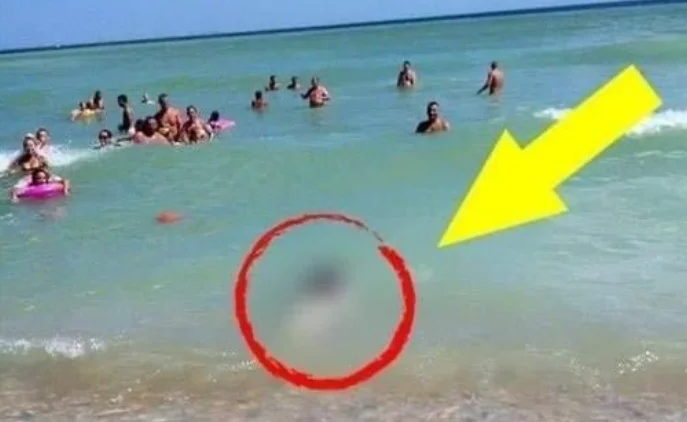
A profound sense of astonishment gripped onlookers as an extraordinary sight emerged from the depths of the sea along the Romanian coast. The tranquil waters revealed a wounded dolphin, its plight capturing the attention of unsuspecting tourists.
Efforts were made to rescue the distressed marine mammal, but regrettably, its fate was sealed. Experts identified the creature as a member of the Delphinus Delphis species, a species known to inhabit the Black Sea.
Upon closer examination, the dolphin displayed multiple wounds on its body, likely inflicted by the ensnaring nets of fishermen. The Black Sea is home to three distinct species of marine mammals: the Common dolphin (Delphinus delphis ponticus), the Bottlenose dolphin (Tursiops truncatus ponticus), and the Harbor porpoise (Phocoena phocoena relicta).
Diverging in morpho-anatomical features and primary food sources, these species exhibit unique characteristics. The Bottlenose dolphin and Harbor porpoise primarily feed on fish and benthic organisms, while the Common dolphin’s diet encompasses fish and other organisms found within the water column.
Each species displays a preference for specific habitats, with the first two favoring coastal areas and the Common dolphin being commonly encountered in offshore zones. The Common dolphin is characterized by a bluish-gray to brown color on its dorsal side, featuring a distinct V-shaped lateral boundary that is remarkably light. A pigmented band, varying in darkness, connects the lower jaw to the insertion of the pectoral fins. The dorsal, pectoral, and caudal fins range from black to gray-brown.
Newborns measure around 0.80-0.95 m, with adults in the Black Sea not exceeding 2 m (males – 177 cm, females – 159 cm). Highly sensitive to chemical and acoustic pollution, they exhibit social behaviors, forming groups of 10-15 individuals, as well as pairs or isolated individuals. With rapid swimming capabilities, reaching speeds of approximately 50 km/h, they engage in short-duration dives and frequent surface breathing at intervals of 1/3 seconds. Their habitat extends to depths of up to 70 meters.
Sexual maturity is reached at the age of 2 years, and the gestation period is 10 months, with weaning occurring at 4 months. Displaying highly developed maternal instincts, their lifespan is estimated to be 25-30 years. Their primary diet comprises small pelagic fish such as sprat, anchovy, and gobies, along with crustaceans.
Additionally, their stomachs often contain other species like horse mackerel, cod, bluefish, red mullet, sea bass, shrimp, and mollusks. The daily food intake for these remarkable creatures is approximately 10 kg.
‘Está na hora de me divorciar!’: a mensagem no meu bolo de aniversário me levou a uma verdade chocante — História do dia

Na noite do nosso aniversário, fiquei de pé com meu melhor vestido, esperando meu marido. Então, um bolo chegou com letras douradas: “É hora de se divorciar!” Uma hora depois, eu estava em um voo para descobrir a verdade.
O casamento me convinha. Não era sempre perfeito, mas eu me sentia amada e segura com Thomas. Nosso primeiro ano como marido e mulher tinha sido cheio de calor, conversas tarde da noite e risadas com panquecas queimadas nas manhãs de domingo.
Foi por isso que passei duas semanas me preparando para nosso primeiro aniversário de casamento.

Apenas para fins ilustrativos | Fonte: Pexels
Duas semanas. Você consegue imaginar?
Cada detalhe tinha que ser perfeito. Passei horas procurando incansavelmente pela receita definitiva de pato à l’orange, até praticando duas vezes para garantir que desse certo. E, claro, o presente.
Ainda me lembrava de como ele parou na vitrine da loja alguns meses atrás, olhando para aquela gravata de grife. Foi um daqueles momentos rápidos e fugazes que os homens têm quando veem algo que gostam, mas decidem que não precisam.

Apenas para fins ilustrativos | Fonte: Midjourney
Mas eu notei. E eu me lembrei.
Finalmente, a mesa estava posta, as velas tremeluziam e eu estava com meu melhor vestido, me sentindo completamente feliz.
De repente, meu telefone tocou.
“Ei, querida,” a voz de Thomas soou… casual. “Já estou na metade do caminho para o aeroporto.”

Apenas para fins ilustrativos | Fonte: Pexels
Franzi a testa. “Que aeroporto?”
“Há uma reunião de emergência. Clientes, vocês sabem como é…”
Fechei os olhos. Inspirei. Expirei.
“Thomas, hoje é nosso aniversário.”

Apenas para fins ilustrativos | Fonte: Pexels
“E eu não esqueci! Vou compensar você, prometo, assim que voltar.”
Essa frase ficou na minha mente. Invente…
Olhei para a mesa lindamente posta. Imaginei-me sentada ali, comendo sozinha, usando aquele vestido que escolhi só para ele.
“Certo. Voo seguro.”

Apenas para fins ilustrativos | Fonte: Midjourney
“Obrigada, querida. Amo você.”
Eu não queria estragar minha noite. Em vez de ficar de mau humor, decidi tomar um longo e luxuoso banho de espuma.
Assim que eu estava afundando no calor, a campainha tocou. Suspirei, enrolando uma toalha em volta de mim e indo em direção à porta. Um entregador estava lá, segurando uma grande caixa branca amarrada com uma fita vermelha.
“Ana?”

Apenas para fins ilustrativos | Fonte: Midjourney
Eu assenti.
“Entrega especial”, ele disse, entregando-o.
“De quem é?”
“Pedido anônimo. Tenha uma ótima noite!”
Fechei a porta, caminhei até a mesa e olhei para a caixa.

Apenas para fins ilustrativos | Fonte: Midjourney
Por uma fração de segundo, meu coração se alegrou.
Thomas pelo menos preparou uma surpresa? Eu adoro surpresas!
Desamarrei cuidadosamente a fita e levantei a tampa. Dentro havia um bolo. O cheiro de creme de manteiga enchia o ar. Mas não foi o bolo que roubou meu fôlego. Foi a mensagem escrita no topo em elegantes letras douradas.
“Está na hora de se divorciar!”

Apenas para fins ilustrativos | Fonte: Midjourney
Minha mente lutou por uma explicação.
Uma piada? Um erro cruel? Algum tipo de confusão?
E então, vi um pequeno cartão escondido embaixo da tampa.
“Espero que você leve isso tão bem quanto ele. XOXO.”
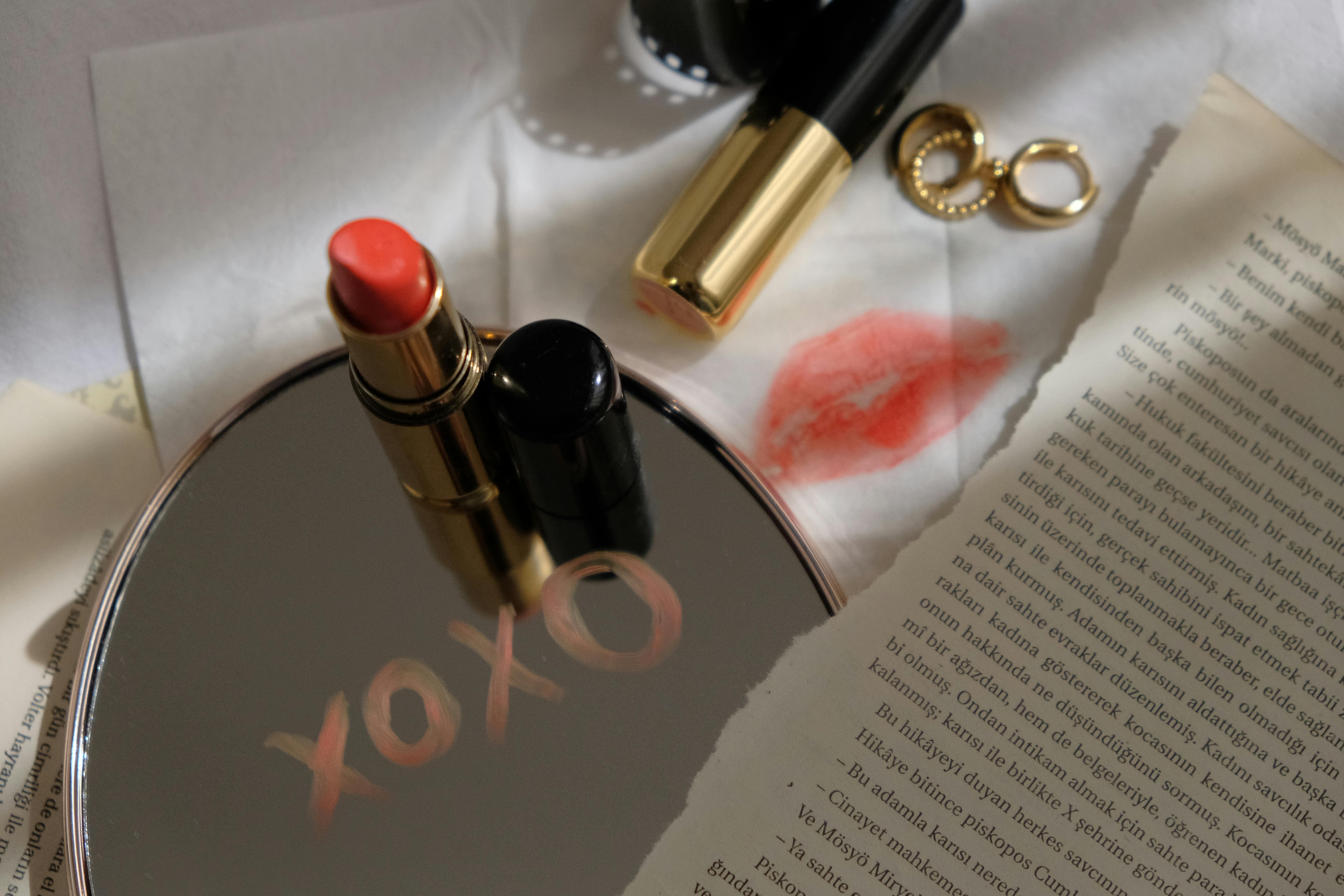
Apenas para fins ilustrativos | Fonte: Pexels
Senhora? Mas como…
E então meu telefone tocou. Era Gloria. Minha sogra. Hesitei antes de atender.
“Anna, querida! Feliz aniversário!”
Engoli em seco, mal conseguindo dizer um “obrigado” abafado.
“O que você achou do anel?” ela disse alegremente. “Thomas disse que era requintado!”
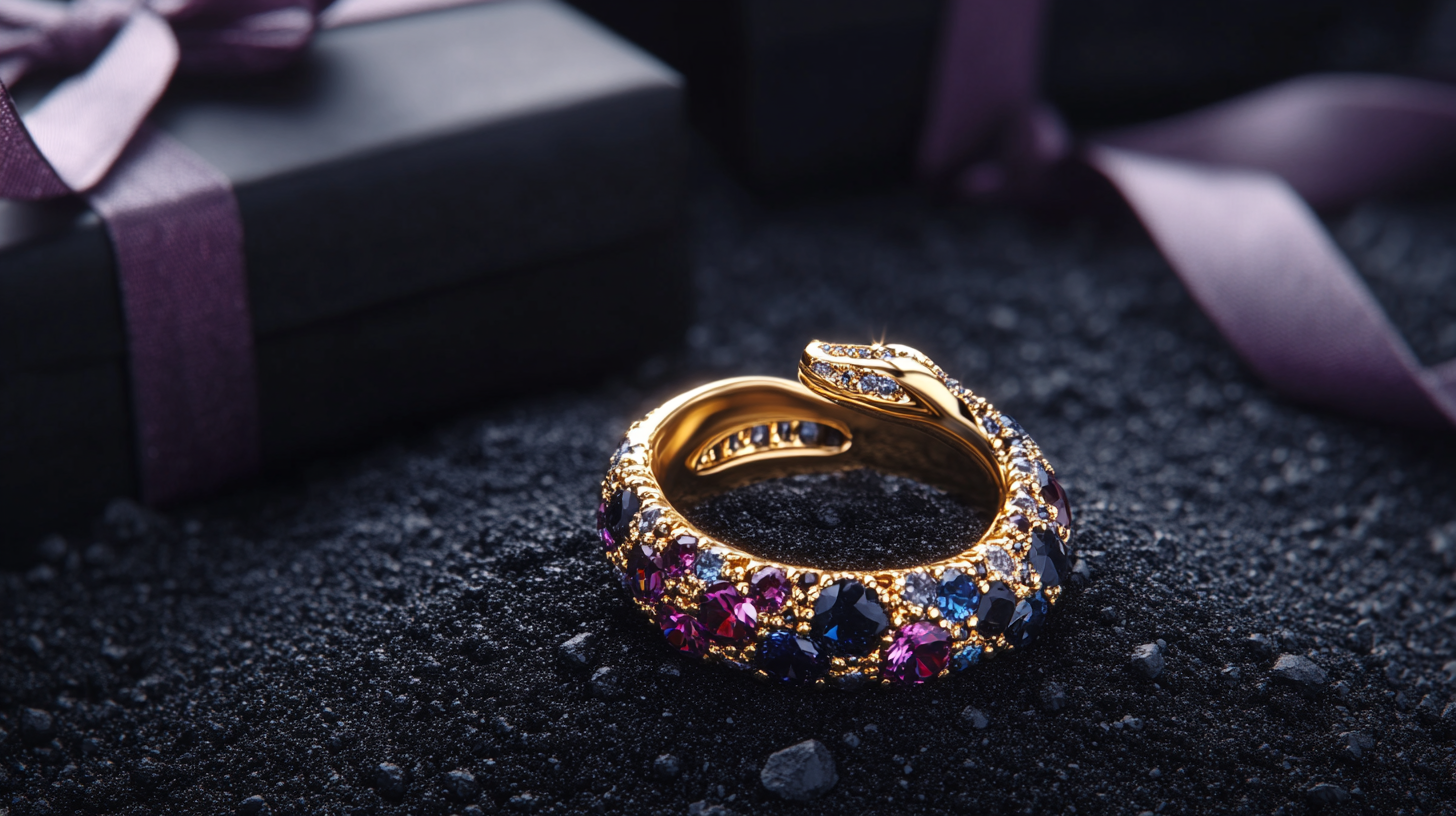
Apenas para fins ilustrativos | Fonte: Midjourney
Meu sangue gelou.
Porque eu nunca ganhei um anel. Thomas sempre me dava presentes de manhã em ocasiões especiais. Sempre. Era coisa dele.
Mas hoje? Nada.
“Ah… sim, é lindo”, menti.
“Uma pena que Thomas teve que ir embora hoje”, Gloria suspirou dramaticamente. “Mas que oportunidade maravilhosa para uma surpresa!”
“Uma surpresa?”
“Claro! Ele me disse que está hospedado”, ela riu, “no mesmo hotel onde vocês dois ficaram, lembra? Ah, que romântico! Eu sei que você é espontânea, Anna. Compre um ingresso e surpreenda-o!”

Apenas para fins ilustrativos | Fonte: Midjourney
Algo dentro de mim se encaixou.
O bolo. O bilhete. O anel misterioso que nunca ganhei. Não foi coincidência. Thomas está me traindo?
Minha boca estava seca. Fechei os olhos por um momento, controlando a respiração.
“Essa é uma ideia maravilhosa, Gloria”, eu disse docemente. “Vou reservar um voo agora mesmo.”
“Oh, que emocionante! Mal posso esperar para ouvir tudo sobre isso.”
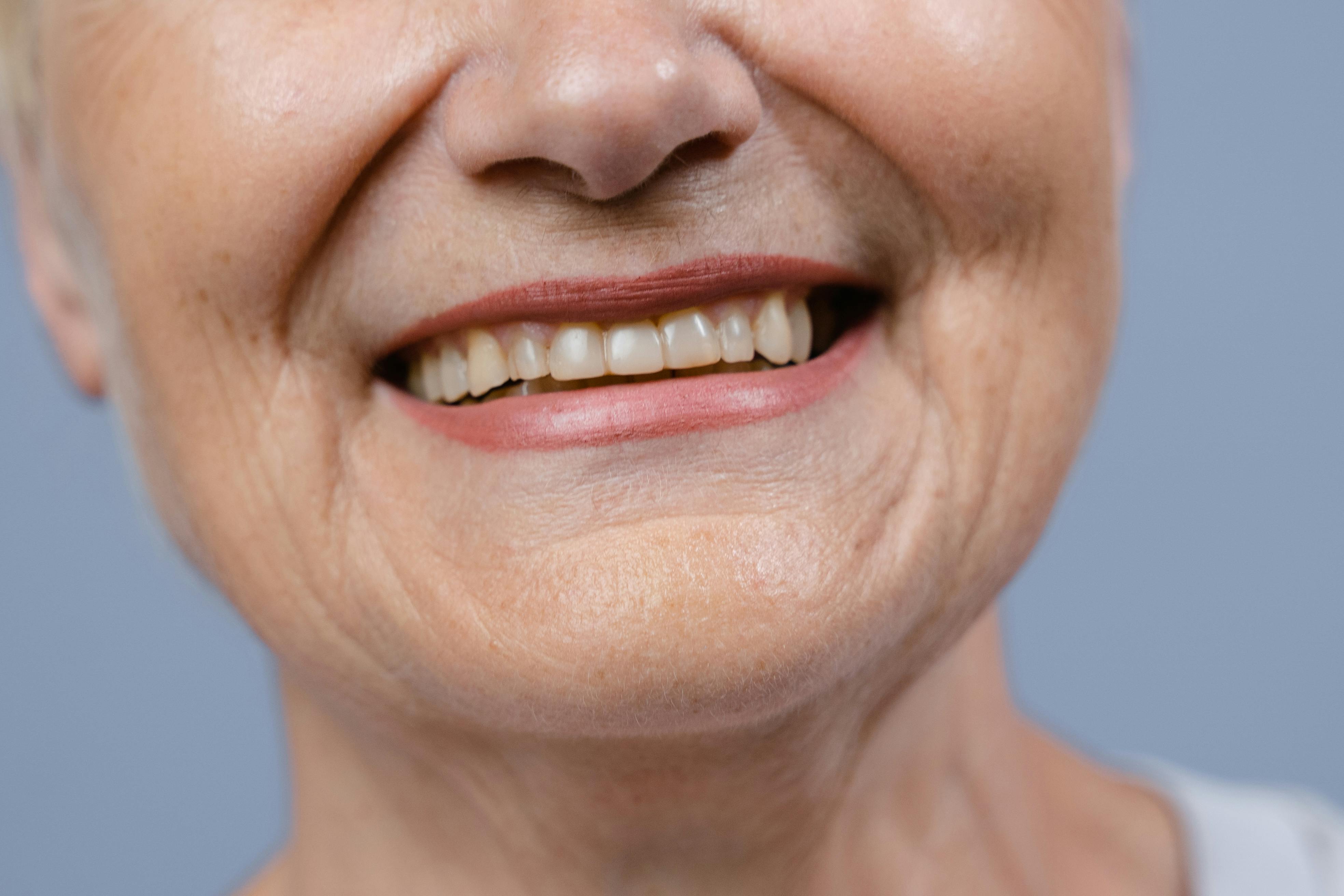
Apenas para fins ilustrativos | Fonte: Pexels
“Claro”, eu disse, olhando para o bolo mais uma vez. “Obrigada por ligar.”
Encerrei a ligação e coloquei meu telefone de lado.
Por um longo momento, fiquei ali, olhando para o bolo, o bilhete e as velas tremeluzentes, que deveriam celebrar algo lindo.
Então, sem hesitar, peguei minha bolsa e reservei o próximo voo.

Apenas para fins ilustrativos | Fonte: Midjourney
***
Mal cheguei ao último voo, correndo pelo terminal com minha mala batendo contra meu quadril. O tempo todo, minha mente correu mais rápido que minhas pernas.
Estou cometendo um erro? Estou prestes a esbarrar em algo que não pude desver?
A exaustão pesava sobre meus ombros quando pousei, mas a adrenalina me manteve de pé. Minhas mãos tremiam enquanto eu verificava o número do quarto — o número que a gentil recepcionista tão prestativamente me forneceu depois que eu rapidamente expliquei minha situação e casualmente mostrei o bolo.

Apenas para fins ilustrativos | Fonte: Pexels
Quarto 614.
Finalmente, de pé do lado de fora da porta, meu pulso batia tão forte que eu podia ouvi-lo em meus ouvidos. Respirei fundo. Bati.
A porta se abriu e eu quase desmaiei.
Uma morena. Linda. Ondas de cabelo escuro sem esforço caíam em cascata sobre um ombro nu. Seu vestido de seda grudava nela como se tivesse sido feito sob medida para um propósito — fazer uma esposa se sentir pequena.

Apenas para fins ilustrativos | Fonte: Midjourney
Atrás dela, na cama, estavam as roupas de Thomas. O ar deixou meus pulmões.
Ela se encostou no batente da porta, sem pressa, e seus lábios se curvaram em um sorriso lento e malicioso.
“Thomas está no chuveiro”, ela ronronou, me olhando de cima a baixo. “Vou avisá-lo que você passou por aqui.”
“Isso não será necessário.”

Apenas para fins ilustrativos | Fonte: Midjourney
“Ah? Não gostaria de incomodá-lo?”
“Algo assim”, eu disse, mudando o peso das mãos.
“Você parece tenso. Talvez você devesse fazer uma massagem enquanto estiver aqui. Tem um ótimo spa lá embaixo.”
“Obrigado pela sugestão”, eu disse docemente. “Mas eu trouxe meu alívio do estresse.”

Apenas para fins ilustrativos | Fonte: Midjourney
E com um movimento rápido, eu esmaguei o bolo direto no seu rostinho presunçoso. Uma explosão lindamente nojenta de creme de manteiga e fondant se espalhou pelo corredor.
Ela gritou, cambaleando para trás, levando as mãos aos cabelos cobertos de glacê.
“O QUE…?! VOCÊ É LOUCA?!” ela gritou, piscando freneticamente enquanto a cobertura de baunilha pingava de seus cílios.
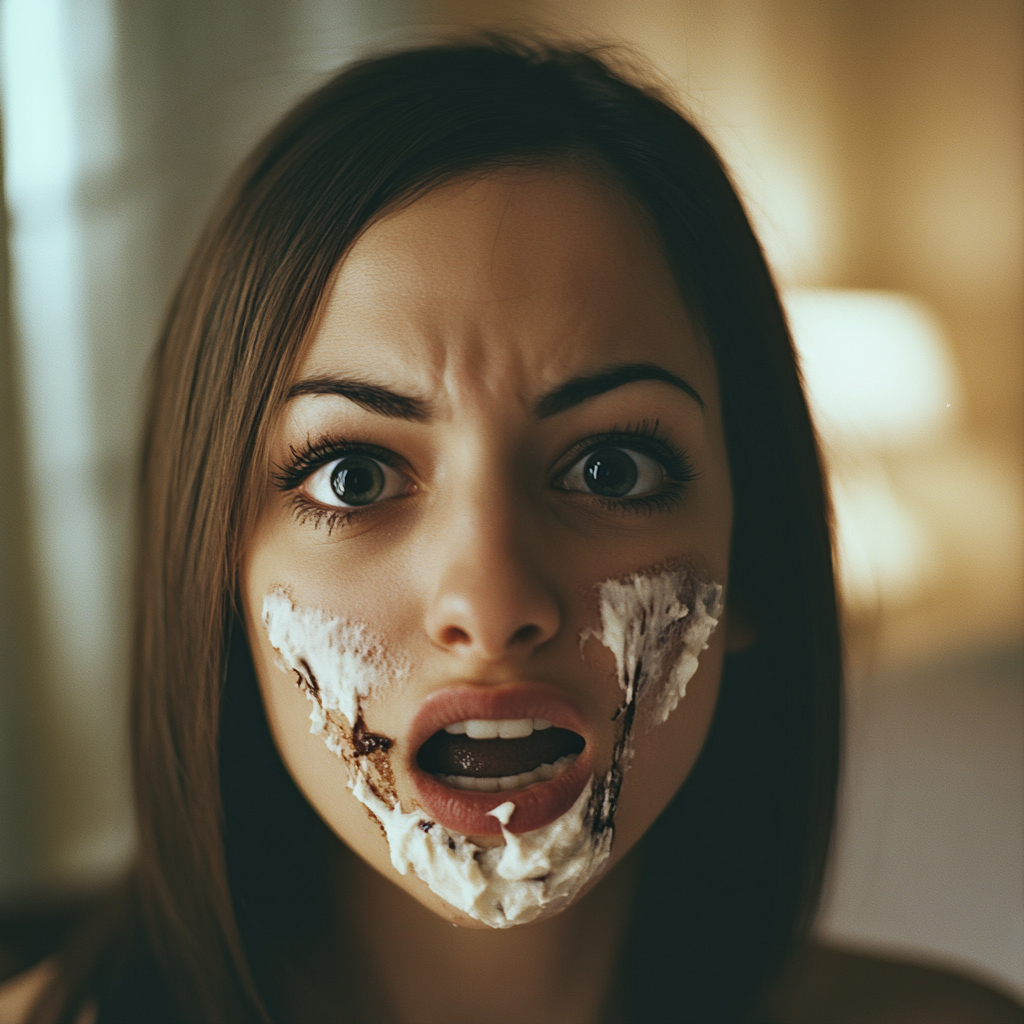
Apenas para fins ilustrativos | Fonte: Midjourney
“Possivelmente”, admiti, entrando.
“Seu… seu… psicopata!” ela gritou, pegando uma almofada e jogando em mim.
Eu desviei sem esforço.
“Eu estava mirando na sua dignidade, mas descobri que você não tinha muita dignidade para começar.”

Apenas para fins ilustrativos | Fonte: Midjourney
Ela se lançou contra mim, agitando os braços, mas seus saltos escorregadios e cobertos de gelo a traíram. Ela caiu esparramada no carpete em uma pilha espetacular e indigna. Eu pisei nela.
“Não se esqueça de me enviar a conta da lavagem a seco!”
Corri em direção ao banheiro, com o coração batendo forte, pronta para despedaçar Thomas…
E então eu parei de repente.

Apenas para fins ilustrativos | Fonte: Midjourney
Ali, envolta em um roupão branco felpudo, bebendo champanhe como se estivesse em um resort cinco estrelas, estava Gloria.
Minha sogra. Ela levantou o copo em um brinde de brincadeira e sorriu.
“Oh,” ela disse preguiçosamente. “Você não deveria ter entrado de rompante. Isso não é muito… você, querida.”
“O que?”

Apenas para fins ilustrativos | Fonte: Midjourney
“Você é sempre tão… incerto. Eu não esperava esse seu lado.” Seus olhos vagaram pelo meu peito arfante, meu cabelo selvagem, os restos de bolo ainda espalhados em meus dedos. “Quase impressionante para um ratinho cinza como você.”
Ignorei o insulto.
“Onde está Thomas?”
“Ah, ele está em outro hotel. Quem deixa a esposa sozinha no aniversário de namoro? Eu vi uma oportunidade e aproveitei.”

Apenas para fins ilustrativos | Fonte: Midjourney
Um calor lento percorreu minha espinha.
“Oportunidade para quê?”
Gloria suspirou como se eu a estivesse esgotando.
“Para me livrar de você, querida.”

Apenas para fins ilustrativos | Fonte: Midjourney
“O bolo…” eu suspirei.
Ela riu e tomou outro gole lento.
“Ah, eu mesma fiz! Você gostou?”
“Mas por que?”

Apenas para fins ilustrativos | Fonte: Pexels
“Oh, querida, você nunca foi a pessoa certa para o meu garoto. Mas Alicia…” ela gesticulou preguiçosamente em direção à bagunça ainda agitada no outro cômodo, “agora, ela é perfeita. Uma modelo de sucesso. Linda. Bem relacionada. Vocês dois se conheceram agora… que delícia!”
“Você é louco. Thomas me ama. Você nunca vai nos separar.”
“Ah, agora é só um pouco mais complicado”, Gloria refletiu. “Mas não se preocupe. Eu jogo o jogo longo.”
“Thomas vai descobrir, e você vai se arrepender de ter estragado meu dia.”

Apenas para fins ilustrativos | Fonte: Midjourney
“E como exatamente você planeja fazer isso, querida?”
Tirei meu telefone do bolso e o segurei entre nós. Gloria congelou.
“Oh,” eu refleti, tocando na tela. “Eu não mencionei? Liguei para Thomas no momento em que entrei neste quarto. E quando percebi que o terno na cama não era dele? Deixei a linha aberta.”

Apenas para fins ilustrativos | Fonte: Midjourney
Pela primeira vez, o sorriso irônico de Gloria vacilou. Apertei o viva-voz. E então, a voz de Thomas ecoou pela sala.
“Mãe, eu não acredito em você! Como você pôde?! Nós conversamos depois…” sua voz estava afiada de raiva. “Anna, eu estarei aí em dez minutos. Espere no saguão.”
Um lampejo de pânico cruzou o rosto de Gloria. Seu plano brilhante? Esmagado.

Apenas para fins ilustrativos | Fonte: Midjourney
“Aproveite a noite”, ronronei, indo em direção à porta.
Fiz uma pausa e olhei para Alicia, ainda coberta de creme de manteiga.
“Ah, e Gloria?”, gritei por cima do ombro. “Obrigada pelo bolo. Ficou incrível no rosto da Alicia.”
E com isso, saí como se tivesse ganhado o Oscar.

Apenas para fins ilustrativos | Fonte: Midjourney
***
Fiquei no saguão do hotel, olhando para meu reflexo nas portas de vidro. Que visão.
Meu cabelo estava uma bagunça emaranhada, minha maquiagem borrada como se eu tivesse perdido uma luta com um guaxinim, e ainda havia glacê na minha manga. No entanto, apesar de parecer que eu mal tinha sobrevivido a uma batalha real de bolos, eu nunca me senti mais vitoriosa. Atrás de mim, o elevador apitou. Passos apressados se aproximavam.
Virei-me no momento em que Thomas parou na minha frente, sem fôlego.

Apenas para fins ilustrativos | Fonte: Midjourney
“Eu nem sei o que dizer”, ele admitiu, passando a mão pelos cabelos.
“Para começar, experimente ‘minha mãe é louca’.”
Um músculo em sua mandíbula se contraiu. “Anna, eu não tinha ideia…”
“Olha, podemos conversar depois. Agora mesmo? Estou morrendo de fome.”

Apenas para fins ilustrativos | Fonte: Pexels
Thomas exalou, assentiu e passou um braço em volta da minha cintura enquanto saíamos para a noite.
O jantar foi mais tranquilo do que o normal. Quando a sobremesa chegou, finalmente senti que podia respirar novamente. Então, Thomas enfiou a mão no bolso e tirou uma pequena caixa de veludo. Lentamente, coloquei meu garfo no chão.
“Isso é… da sua mãe?”
Thomas soltou uma risada baixa, balançando a cabeça. “Não. Na verdade, isso é meu.”
Dentro havia um anel deslumbrante. Passei meu polegar sobre a pedra brilhante.
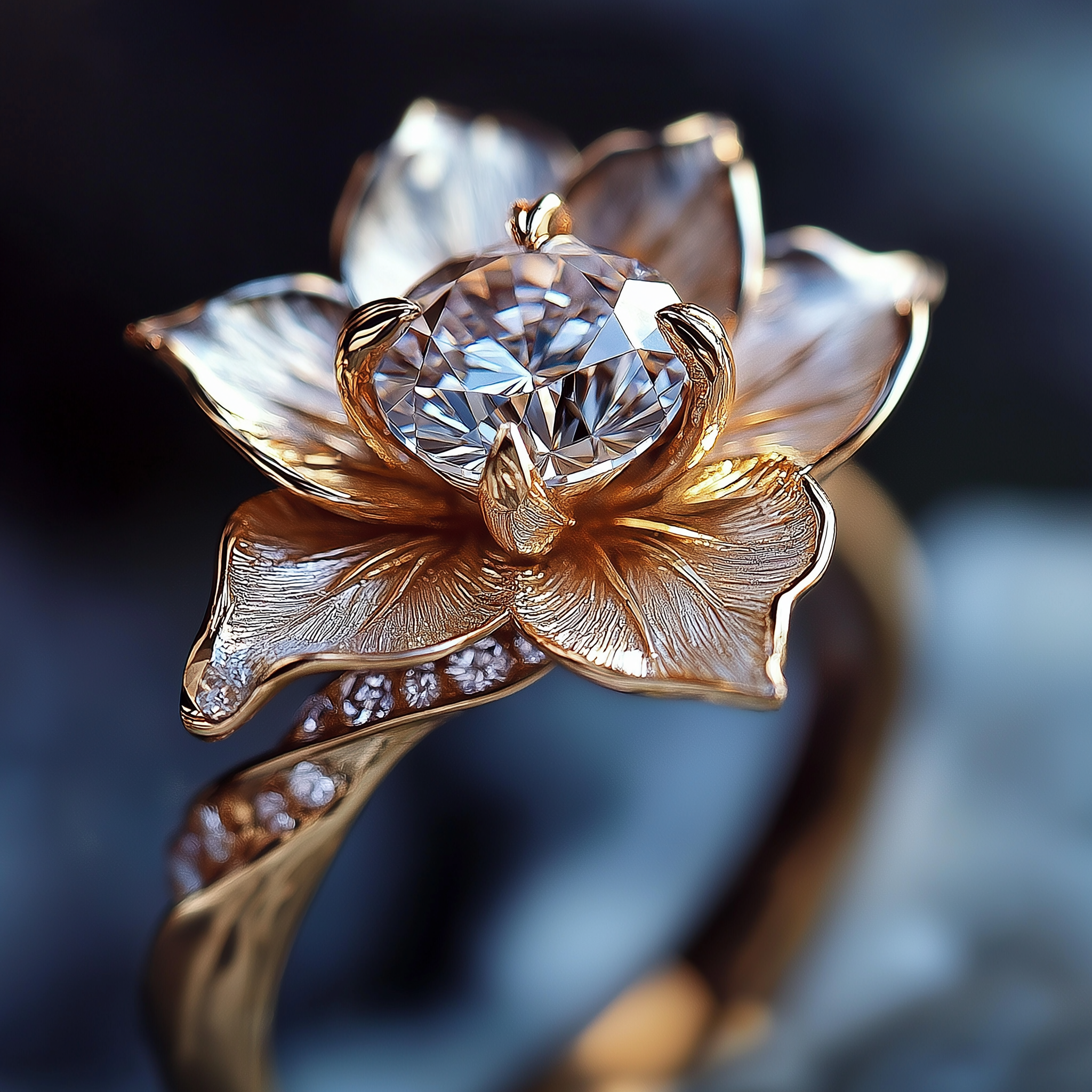
Apenas para fins ilustrativos | Fonte: Midjourney
“Meu presente para você está de volta em casa.”
Thomas se inclinou, sorrindo. “É outro bolo?”
“Não. Mas se você fizer uma viagem de negócios no nosso aniversário de novo… Então sim. Mas não terá cobertura.”
Ele riu, pegando minha mão. Naquela noite, nós comemoramos. Não foi perfeito. Mas foi nosso.
Eu sabia que haveria mais batalhas com a mãe dele. Mas eu tinha deixado uma coisa bem clara naquela noite. Cruzar meus limites não seria mais tão fácil.

Apenas para fins ilustrativos | Fonte: Midjourney



Leave a Reply